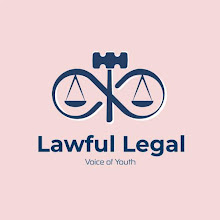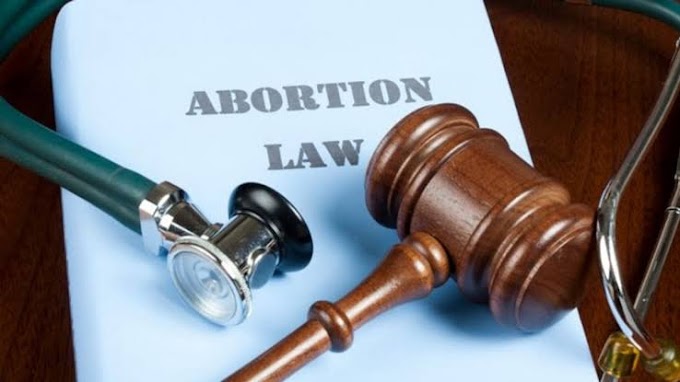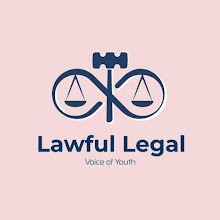Discrimination and barriers for people with disabilities
**Author:- CHHAYA;B.A.LL.B Final Year Saraswati institute of law
Discrimination is a significant social issue that has affected many people around the world. It refers to unfair treatment or prejudice against individuals or groups based on their perceived characteristics or differences, such as race, gender, sexuality, age, religion, and disability. Discrimination can take many forms, including but not limited to, direct discrimination, indirect discrimination, harassment, victimization, and hate speech. It can occur in various settings, such as the workplace, schools, hospitals, public places, and online platforms. The consequences of discrimination can be severe and long-lasting, including negative impact on mental health, loss of job opportunities, economic inequality, social exclusion, and even physical harm. It is therefore essential to address discrimination at all levels, through education, awareness-raising, legal measures, and policies. As individuals, we can also do our part in fighting discrimination by standing up against it, promoting diversity and inclusion, and advocating for equal rights and opportunities for all.
By working together to eliminate discrimination, we can create a more just and fair society for everyone.
Common barriers for people with a disability:
Some common barriers for people with disabilities include physical accessibility issues, communication challenges, negative attitudes or stereotypes towards them, lack of accommodations or support systems, and unequal access to education or employment opportunities. These barriers can make it difficult for individuals with disabilities to fully participate in society and reach their full potential. It is important for everyone to work together to remove these barriers and promote inclusion for all.
“Disability is not weakness”
Disability is not a weakness because it can be a strength. People with disabilities may need a lot of strength to survive and thrive. While disabilities may make people more prone to weaknesses, they can also make people stronger.
Disabilities can be physical, mental, cognitive, or developmental conditions that limit a person's ability to perform certain tasks or participate in daily activities. Disabilities can result from health conditions, such as dementia, blindness, or spinal cord injury, as well as environmental and personal factors. An estimated 1.3 billion people, or 16% of the global population, experience a significant disability.
The term "disability" can be used when talking about disability issues. It is also okay to use phrases such as "disabled" or "people with disabilities". When talking to someone with a disability, you can ask them which term they prefer.
Having a disability does not make someone weak or any less capable than anyone else. It is important to recognize and respect the abilities and strengths of individuals with disabilities and support them in reaching their full potential.Disabilities do not indicate weakness and individuals with disabilities are just as capable as anyone else. It is essential to acknowledge their strengths and abilities and help them achieve their full potential by providing support and removing barriers.
Disability discrimination
Discrimination and barriers for people with disabilities can take many forms, including physical inaccessibility, negative attitudes or stereotypes towards them, lack of accommodations or support systems, and unequal access to education or employment opportunities. These obstacles prevent individuals with disabilities from fully participating in society and reaching their full potential. It is important to work towards removing these barriers and promoting inclusion for all members of society regardless of ability.
People with disabilities can experience discrimination in many ways, including:
Employment
People with disabilities are less likely to be employed. They may face challenges such as a lack of education and training, or lack of financial resources.
Discrimination
People with disabilities may experience discrimination due to a lack of knowledge and negative attitudes. For example, a case study describes discriminatory practices such as denial of disability, physical restraints, and social boycott.
Reasonable adjustments
People with disabilities may experience discrimination if an employer or organization doesn't make a reasonable adjustment. For example, an employee with mobility impairment may need a parking space close to the office.
People with disabilities may also face higher mortality rates and be less likely to receive intensive care services during the COVID-19 pandemic.
For example: a private nursery refuses to give a place to a little boy because he is not toilet trained. His parents have told them that he is not toilet trained because he has Hischsprung’s diseases, but they still refuse to give him a place. This is discrimination arising from the little boy’s disability.
A national survey on violence and discrimination among people with disabilities :
Background
The aim of the study was to quantify levels of violence and discrimination among people with disabilities and analyze the effects of gender and the type and degree of disability.
Methods
The study analyzed data on self-reported violence and discrimination from a Danish national survey of 18,019 citizens, of whom 4519 reported a physical disability and 1398 reported a mental disability.
Results
Individuals with disabilities reported significantly higher levels of violence than those without. Specifically, individuals reporting a mental disability reported higher levels of violence and discrimination. Significant gender differences were found with regard to type of violence: while men with disabilities were more likely to report physical violence, women with disabilities were more likely to report major sexual violence, humiliation and discrimination. Neither severity nor visibility of disability was found to be a significant factor for risk of violence.
Conclusions
This large-scale study lends support to existing research showing that people with disabilities are at greater risk of violence than people without disabilities. Further, the study found that people with mental disabilities were significantly more likely to report all types of violence and discrimination than those with physical disabilities. The findings also show that gender is significant in explaining the type of violence experienced and the experience of discrimination.




![Freedom of Speech in India [Indian Supreme court and Law of Sedition]](https://blogger.googleusercontent.com/img/a/AVvXsEiGLLUmLKq5Da6xDZplasOZHKRj-jOhWPkoeuy0_Eq757tUpOiHz-xooXwIlAjF0-hmBfi-TtMIv6on_sVgBXVq4wbWwnbsqLOcNX22S8C2aSq-ZuK3vn9wWAx8tXByYOBfwc0hs6b8RJV84YNFG2greouGKjup6g8kN-xVlchW33VHdSSmrhLC1BUEVbGp=w680)





